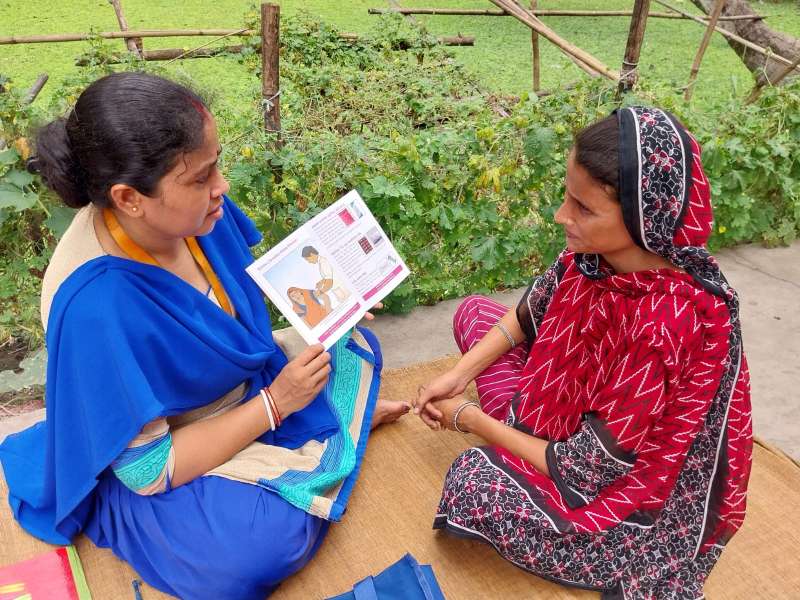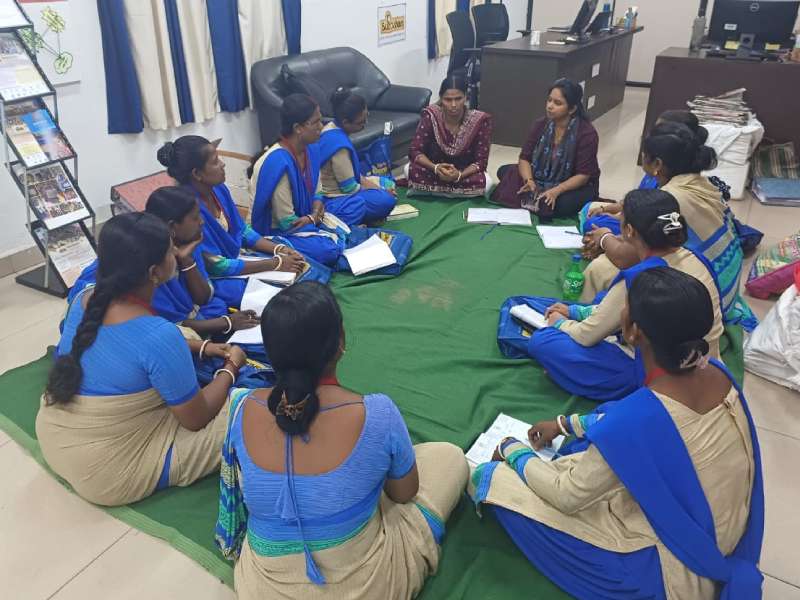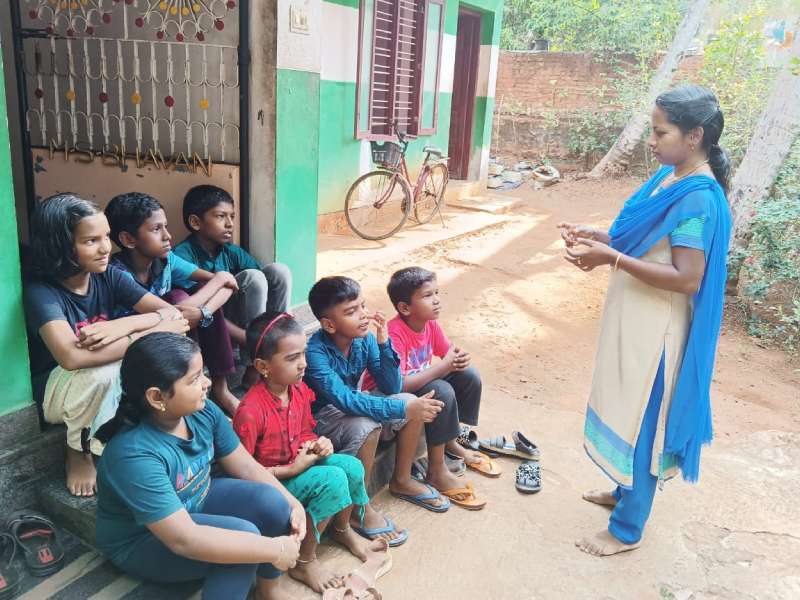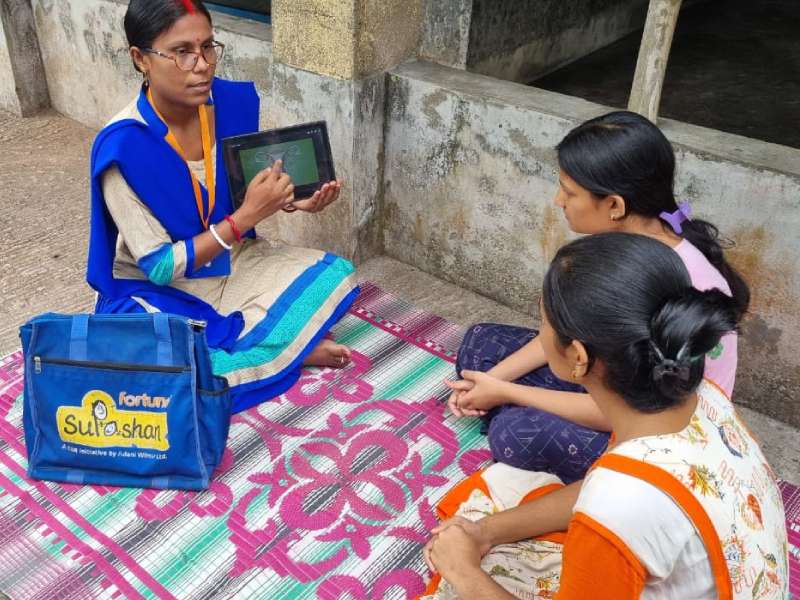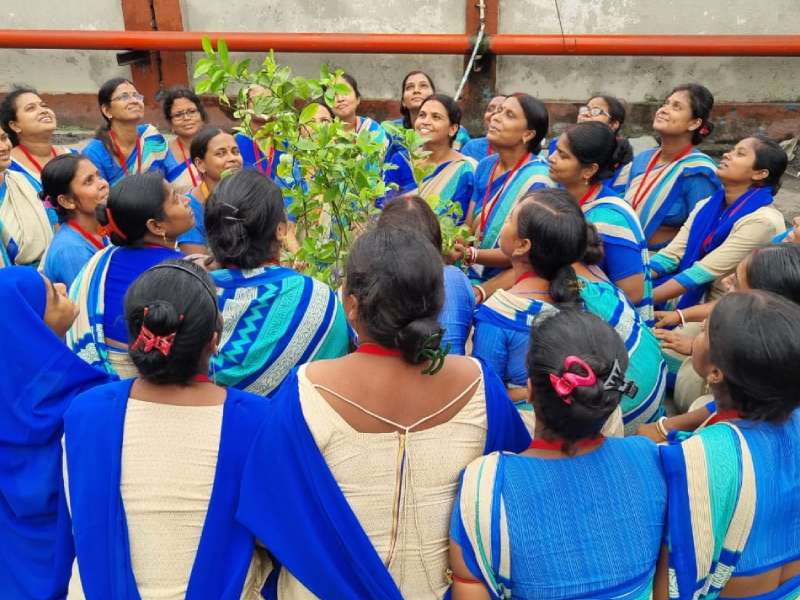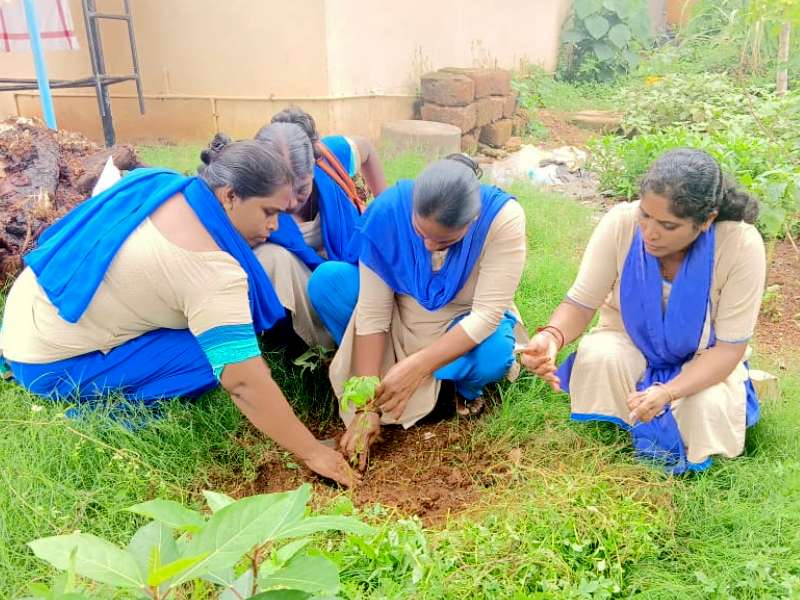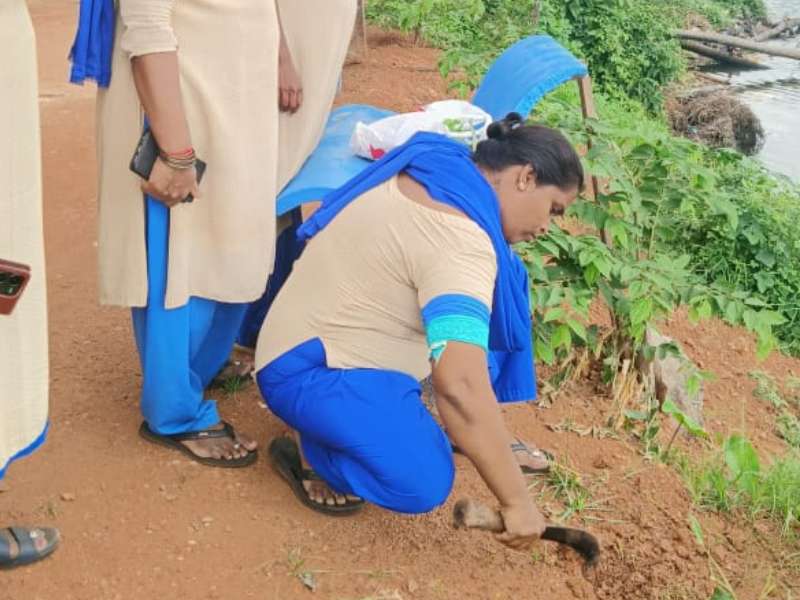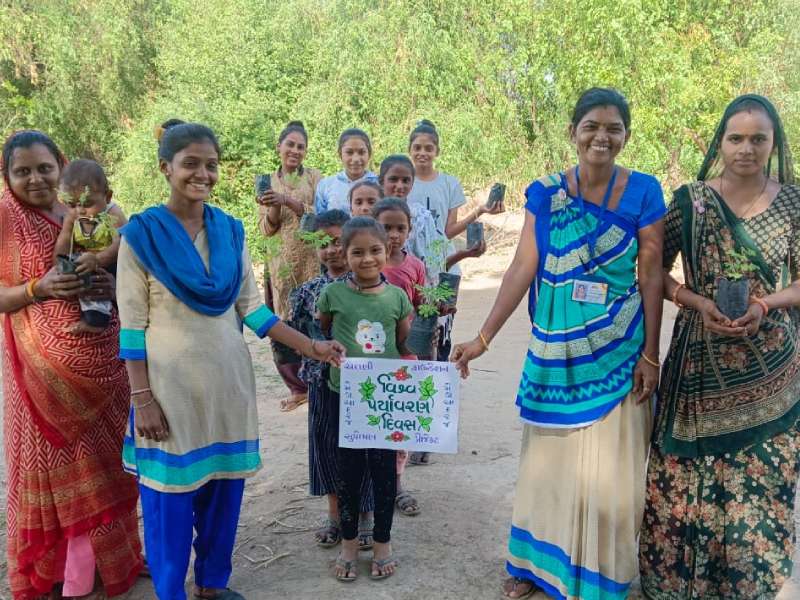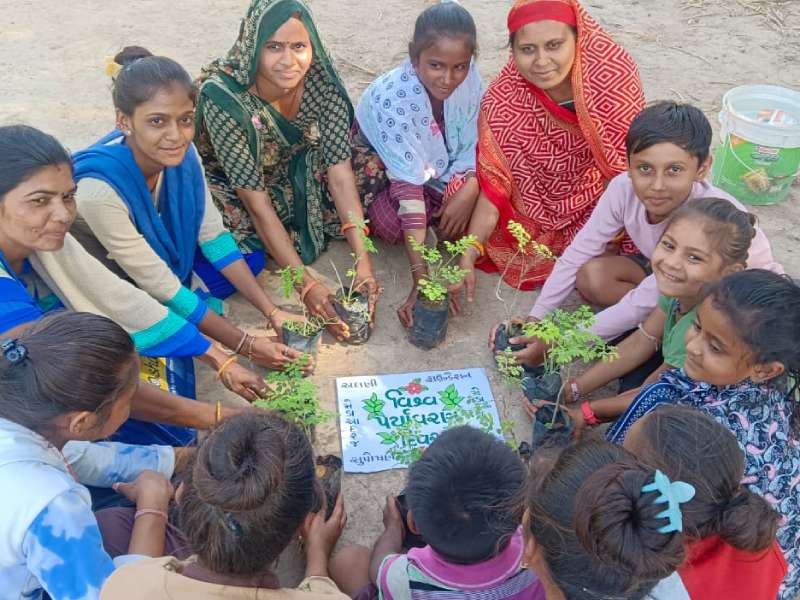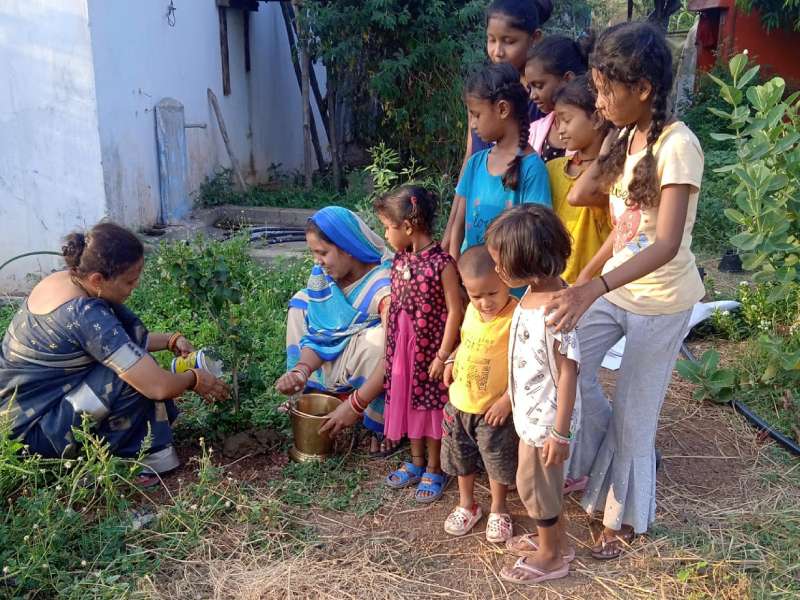Nourishing communities towards
a healthy growing nation.
Because it all
starts at home...
Fortune SuPoshan is a project that aims to curb Malnutrition and Anaemia amongst children, adolescent girls & women in the reproductive age.
What is Fortune SuPoshan?
Launched in the year 2016, Fortune SuPoshan is a step towards curbing Malnutrition and Anaemia across the areas that are low on health & nutrition indicators in the country. It is an initiative of Adani Wilmar, one of the largest Food FMCG companies in India and is successfully implemented by Adani Foundation, the CSR arm of the Adani Group.
Fortune SuPoshan meets the following SDGs
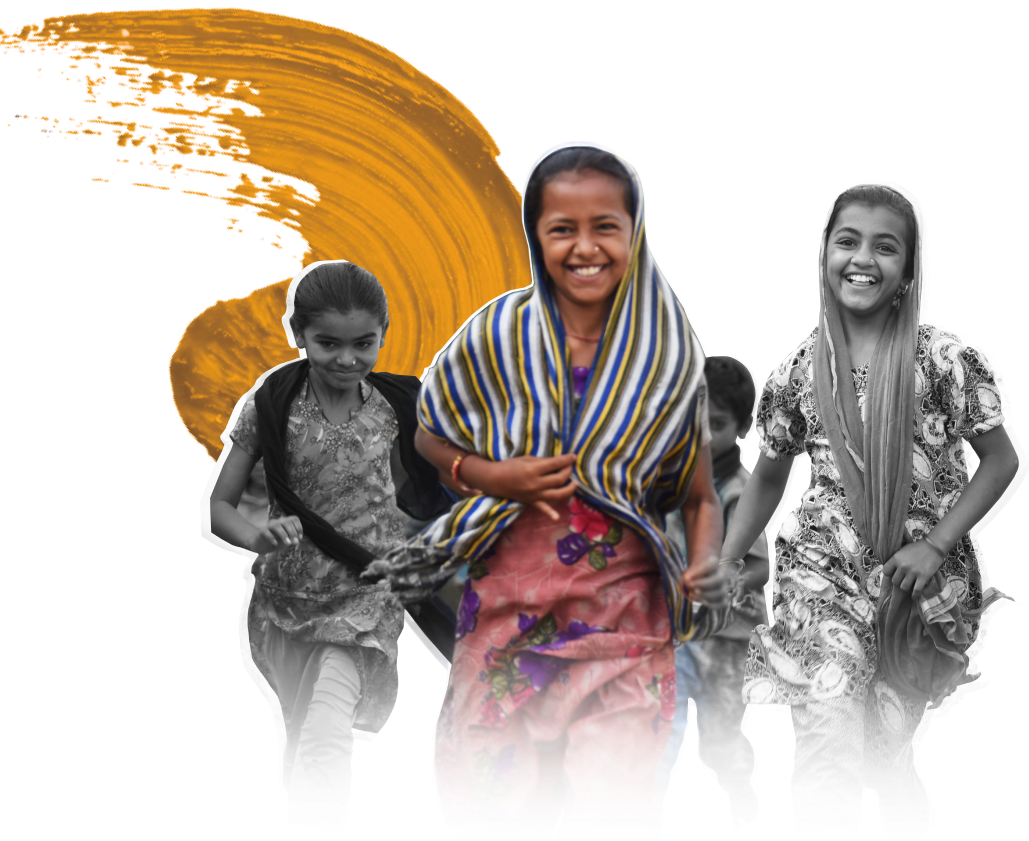
Why Project
Fortune Suposhan
A land of plentiful produce… yet rampant malnutrition is prevalent across the country. It’s ironic that India is home to the highest number of malnourished children in the World with every third child affected by the condition!
It’s not just poverty, but the lack of knowledge and proliferation of myths that have contributed to this crisis.
More than 50% of Indian women of reproductive age are anaemic with iron deficiency. This cycle stems from the myths about what, how much, and how many times to eat or feed. Poor hygiene and sanitation add to the hurdles.
If the issue of Malnutrition & Anaemia are not addressed at an early stage, then it can have grave effects. The short-term effects include recurring illness, weakness, irritability, poor appetite, low weight for age, etc. Long-term adverse effects are delayed physical and mental development, poor learning ability, poor performance at school and poor general health.
Who are
SuPoshan Sanginis?
Suposhan Sangani are dedicated village-level volunteers selected from within the communities we serve. They undergo comprehensive training in health and nutrition, equipping them with the knowledge and technical skills needed to act as vital links between government services and the beneficiaries. These trained volunteers play a crucial role in disseminating essential nutritional information and best practices, ensuring that the benefits of our program reach every corner of the community. By leveraging their local insight and expertise, SuPoshan Sanganis help bridge gaps and foster a healthier, more informed populace.
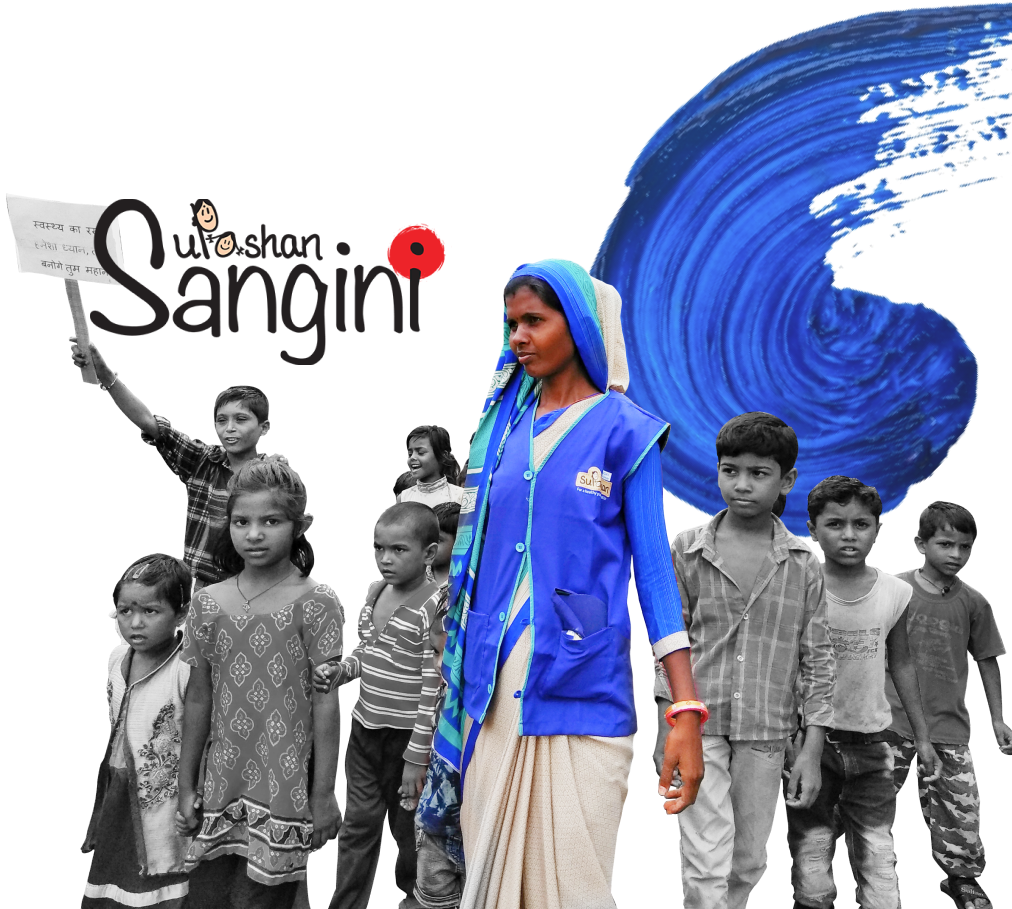
We have
Empowered...
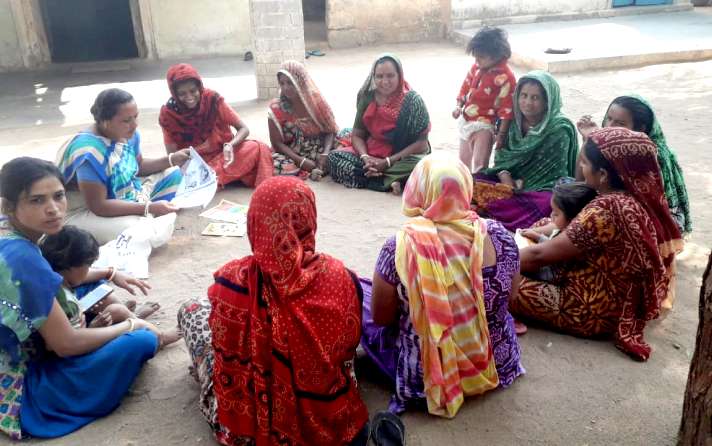
31
Sites
31
Sites
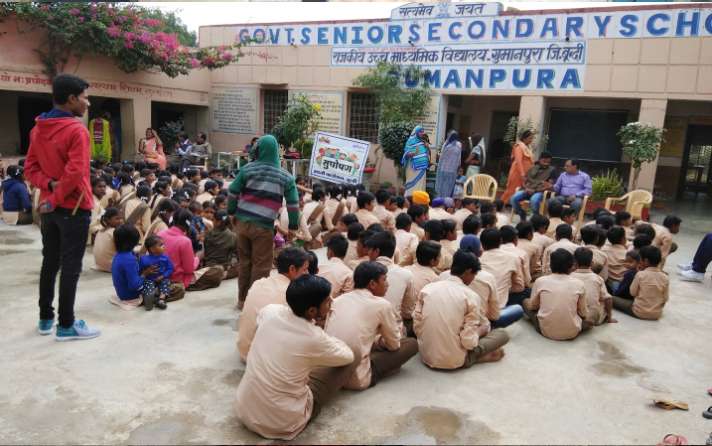
14
States
14
States
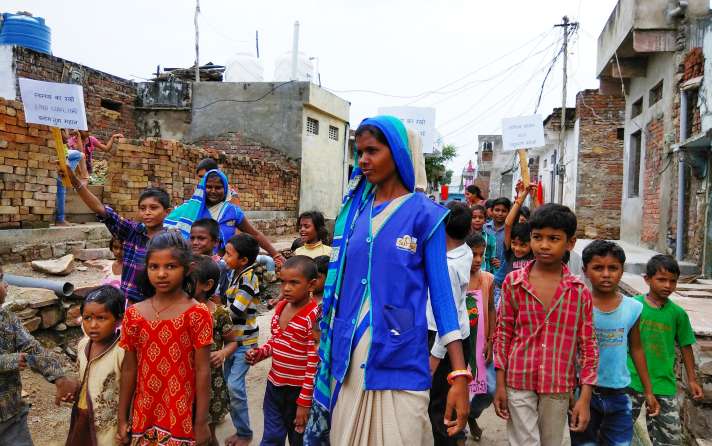
1,750
Villages & 190 Slums
1,750
Villages & 190 Slums
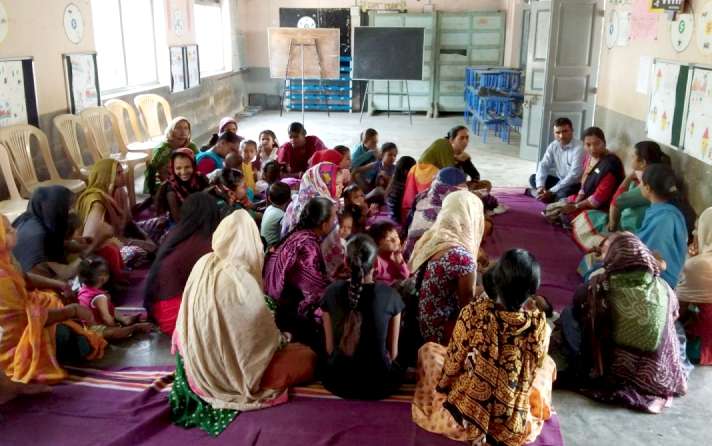
2,938
Anganwadi Centres
2,938
Anganwadi Centres
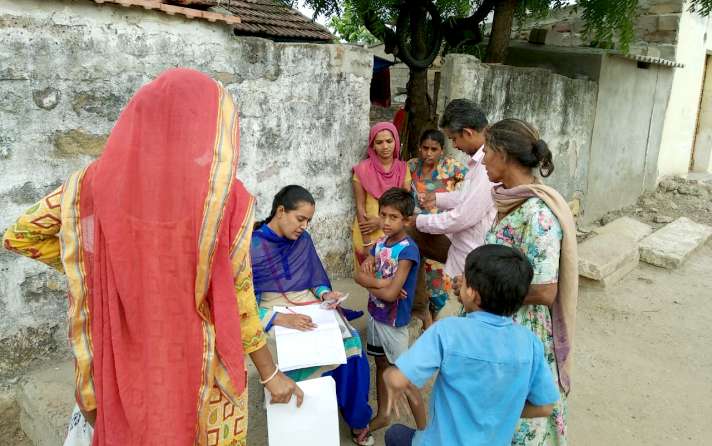
4,04,261
Households
4,04,261
Households
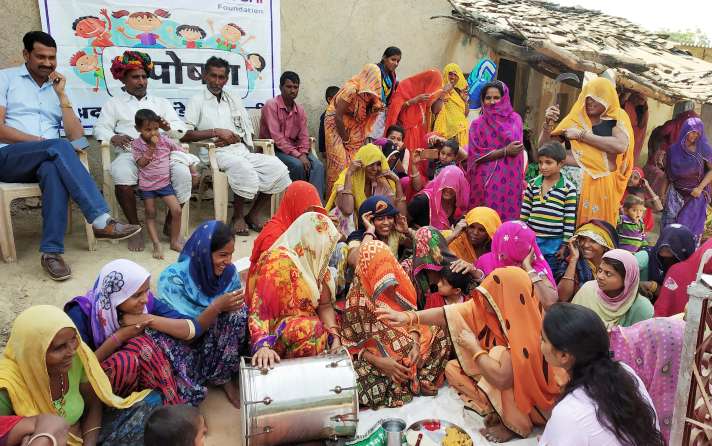
20,18,866
Population
20,18,866
Population
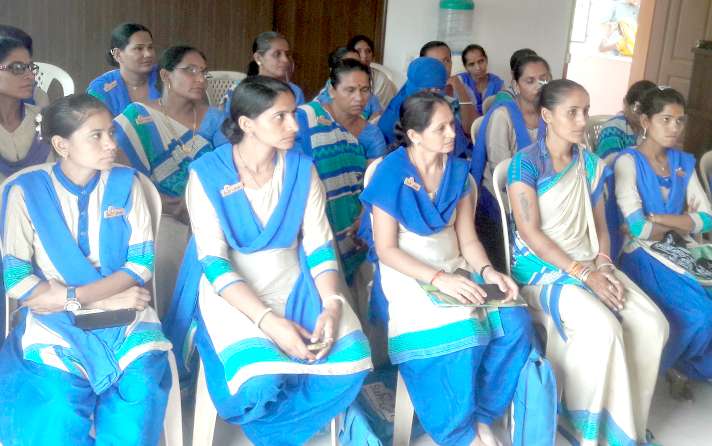
918
SuPoshan Sanginis
918
SuPoshan Sanginis
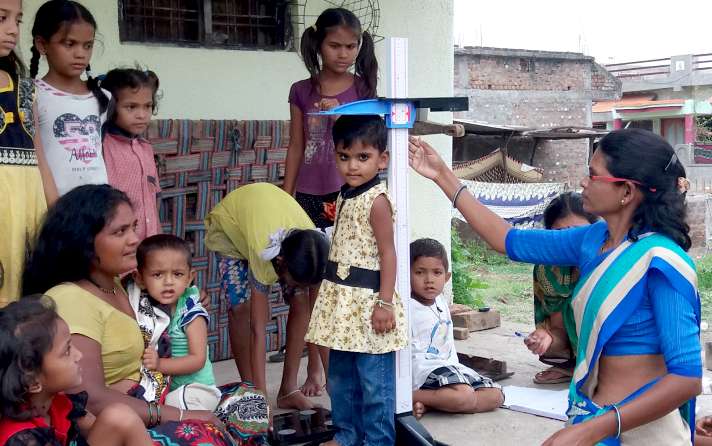
1,21,084
Children (0-5 Yrs)
1,21,084
Children (0-5 Yrs)
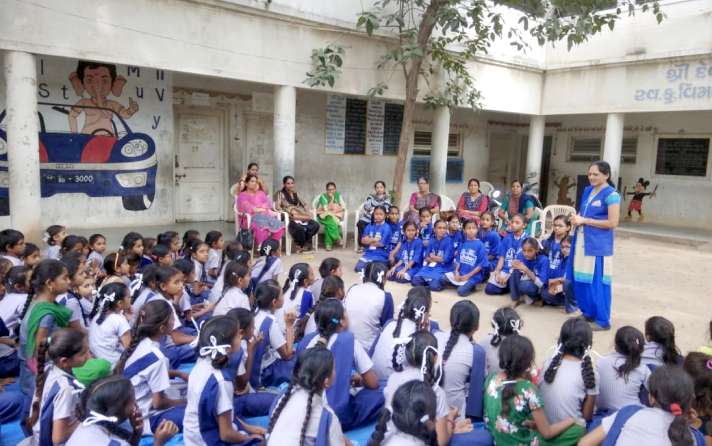
1,22,425
Adolescent Girls (14-19- Yrs)
1,22,425
Adolescent Girls (14-19- Yrs)
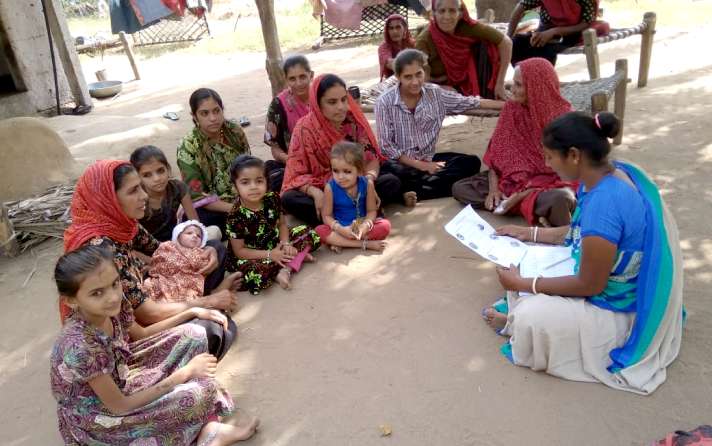
3,37,496
Women in Reproductive Age (19-45 Yrs)
3,37,496
Women in Reproductive Age (19-45 Yrs)
*Till March 2024
Our National
Network
Currently Ongoing in 17 sites
Achieved Result in 18 sites
Our Belief
Dr. Priti Adani
Chairperson, Adani Foundation
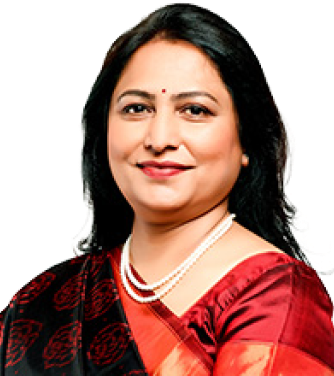
Read More
Angshu Mallick, CEO & MD
Adani Wilmar Limited
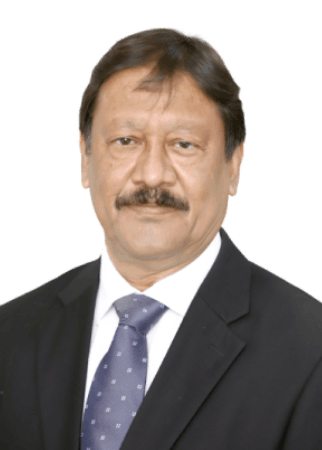
Read More

Ghar Ka Khana,
Ghar Ka Khana Hota Hai
What if those around you were denied the basic right? Support our vision to improve nutrition levels of our beneficiaries.








